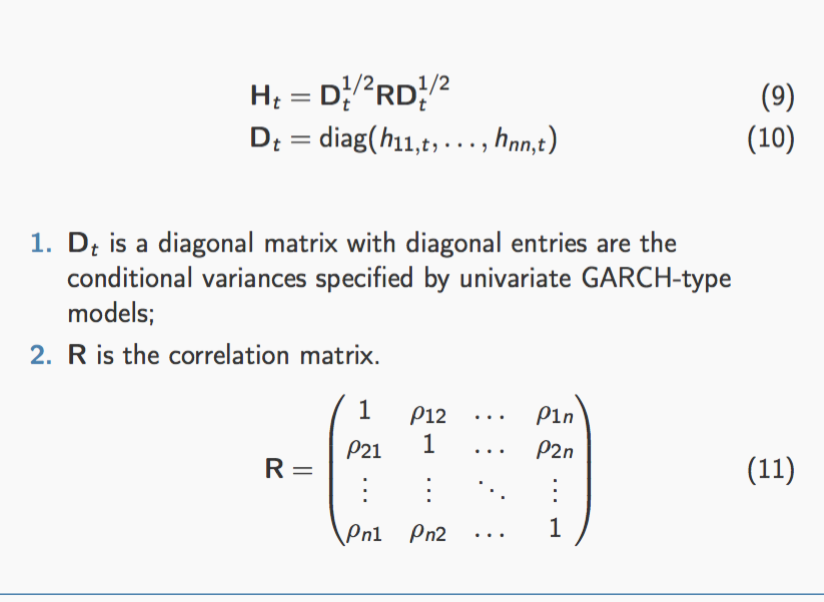Estimating the volatility of a portfolio is typically done by first estimating the covariance matrix. This, however, can be difficult to do accurately and predictivly. This paper gives a nice summary of the various methods.
But why make it so complicated?
Let's say there are $n$ securities $s_1, s_2 \dots s_n$, which at time $t$ has a price of $p_{i,t}$.
You're interested in the portfolio with weights $w_i$ in security $s_i$.
Why not take the time series of the portfolio value $\sum w_i p_{i,t}$ and do a normal GARCH estimate on that?
This technique seems more straight forward and probably just as accurate.
Am I missing something?
This was also asked here.
Update 10/7: To be clear, I would like to estimate the current volatility of the portfolio.

